Chicory Coffee: Is It a Good Alternative to Coffee?


Related products
What is Chicory Coffee?
Unlike regular coffee that comes from the Coffea plant, chicory coffee is made using the chicory plant, which is also known as Cichorium intybus, and is caffeine-free. Chicory coffee is created by using the roots of the chicory plant to roast, brew or ground them, the process is similar in regular coffee. "Chicory coffee's lack of caffeine can be beneficial for those sensitive to caffeine or looking to reduce their intake for health reasons," notes Dr Michael Perlis, a sleep medicine specialist.
Let’s learn whether chicory coffee is a good alternative to coffee.
Is Chicory Coffee a Good Alternative to Coffee?
Yes, chicory coffee is a good alternative to coffee for those trying to reduce their caffeine intake. Whether chicory coffee is a goo alternative also depends on personal preference and the individual’s health needs. The following include factors to help determine if chicory coffee is a good alternative for you:
Caffeine Content
Chicory Coffee: Naturally caffeine-free, making it an ideal choice for those looking to reduce or eliminate caffeine intake. This can be beneficial for individuals who are sensitive to caffeine, experience insomnia, anxiety, or heart palpitations due to caffeine consumption.
Regular Coffee: Contains caffeine, which provides a stimulating effect that many people rely on for alertness and increased energy levels. For those who enjoy this effect, regular coffee remains preferable.
Health Benefits
Chicory Coffee: Rich in inulin, a prebiotic fibre that supports digestive health by promoting the growth of beneficial gut bacteria. Inulin may also aid in blood sugar regulation and weight management. Chicory coffee also contains antioxidants, which can help reduce oxidative stress and inflammation.
Regular Coffee: High in antioxidants, particularly chlorogenic acids, which have been linked to various health benefits such as reduced inflammation, improved metabolism, and a lower risk of certain diseases. Coffee also provides a moderate source of several essential nutrients, including vitamins B2 and B3.
Taste and Aroma
Chicory Coffee: Offers a unique flavour profile with rich, earthy, and slightly bitter notes. The taste can be an acquired preference and may not appeal to everyone initially.
Regular Coffee: Known for its wide range of flavours and aromas, which vary depending on the type of beans, roasting process, and brewing method. Coffee's complex flavour profile is a significant factor in its widespread popularity.
Potential Allergic Reactions
Chicory Coffee: Individuals with allergies to ragweed or related plants may experience allergic reactions, such as skin rashes, respiratory issues, or gastrointestinal discomfort.
Regular Coffee: Generally does not cause allergic reactions, though some people may experience sensitivity to caffeine or other compounds present in coffee.
Nutritional Profile
Chicory Coffee: Low in calories and contains some essential nutrients such as manganese, vitamin B6, and potassium. The prebiotic fibre inulin contributes to its digestive health benefits.
Regular Coffee: Very low in calories and provides a source of antioxidants and certain vitamins and minerals, though typically in smaller quantities compared to chicory coffee.
People Also Ask
What is special about chicory coffee?
Chicory coffee is special because it is made from the roasted roots of the chicory plant, is naturally caffeine-free, and contains inulin, a prebiotic fibre that supports digestive health. Find out the 9 Reasons to Switch to Decaf Coffee or chicory coffee.
Who should not drink chicory coffee?
Individuals with allergies to ragweed or related plants should not drink chicory coffee, as it can cause allergic reactions.
What is the difference between regular coffee and chicory coffee?
Regular coffee is made from roasted coffee beans and contains caffeine, while chicory coffee is made from roasted chicory roots and is naturally caffeine-free. Chicory coffee also has a different, more earthy flavour and contains the prebiotic fibre inulin.
Does chicory have caffeine in it?
No, chicory does not contain caffeine.
Conclusion
If you are looking to drink less caffeine and want an alternative to coffee, chicory coffee might be the answer for you. Chicory can help you lower your caffeine intake while also increasing your fibre and help your digestive health. If you can get used to the taste of chicory coffee and do not have any allergies to it, then this can be a good alternative for you.
For any concerns or questions, please consult your doctor or a healthcare professional. Find out Is drinking coffee good for you?




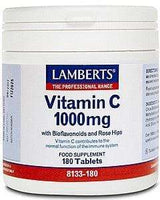










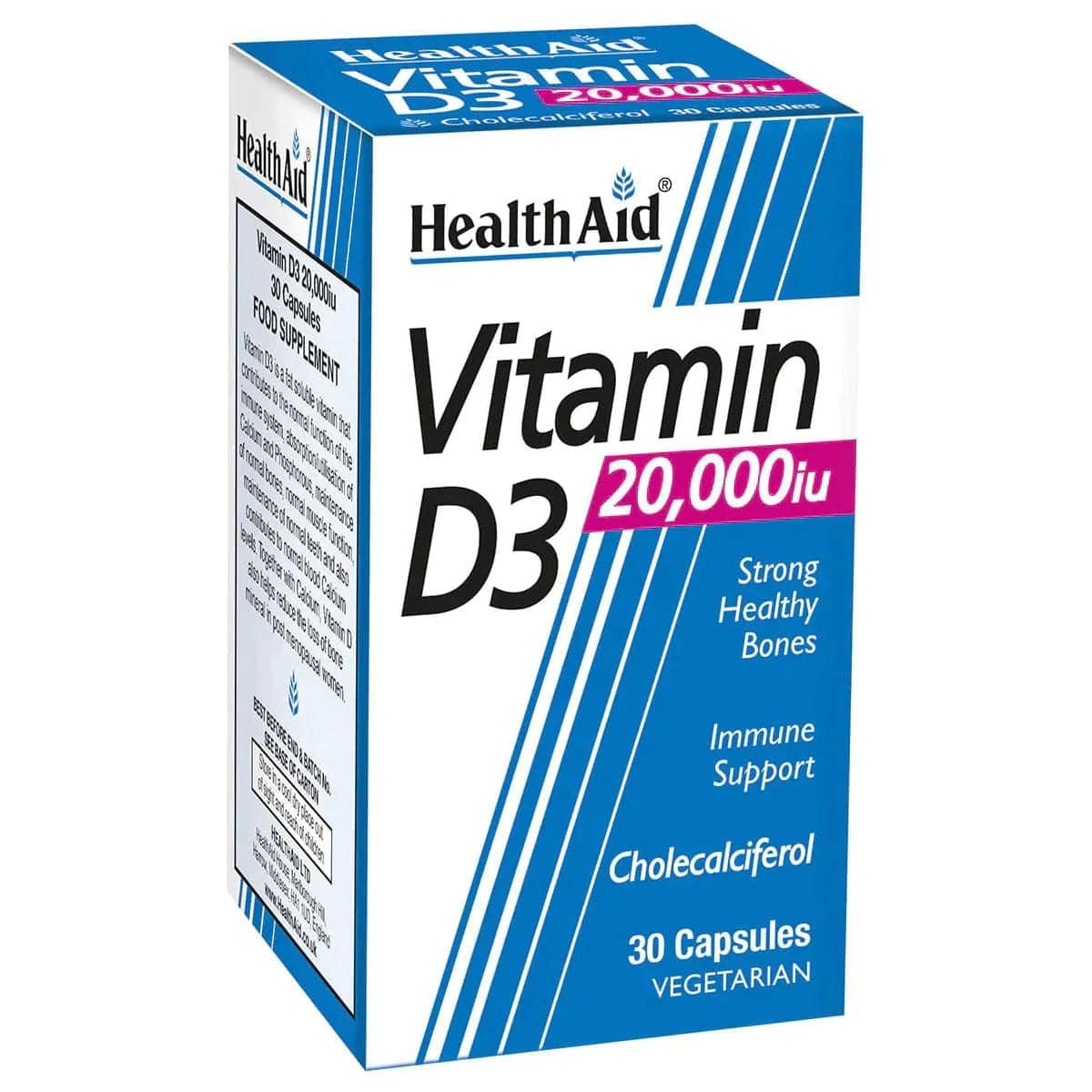




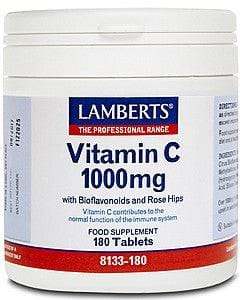
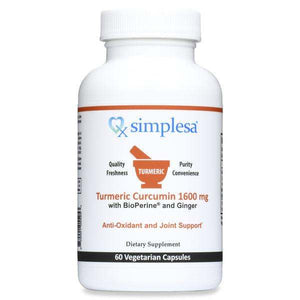










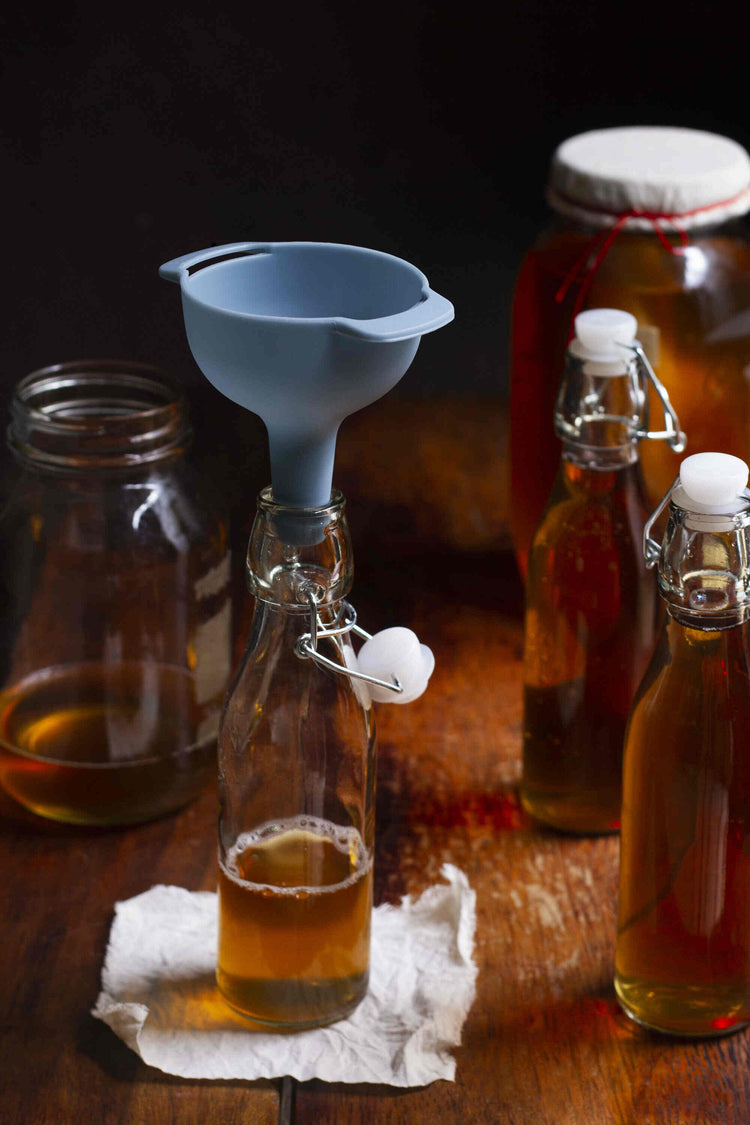



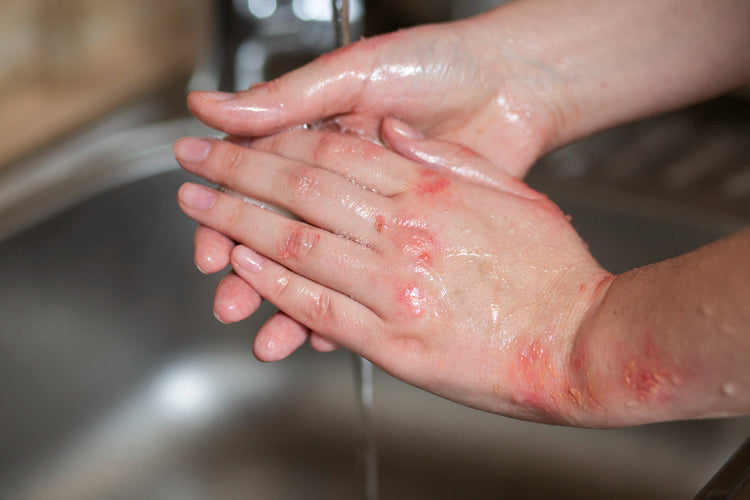
 Rated Excellent by 26,523+ Reviews
Rated Excellent by 26,523+ Reviews